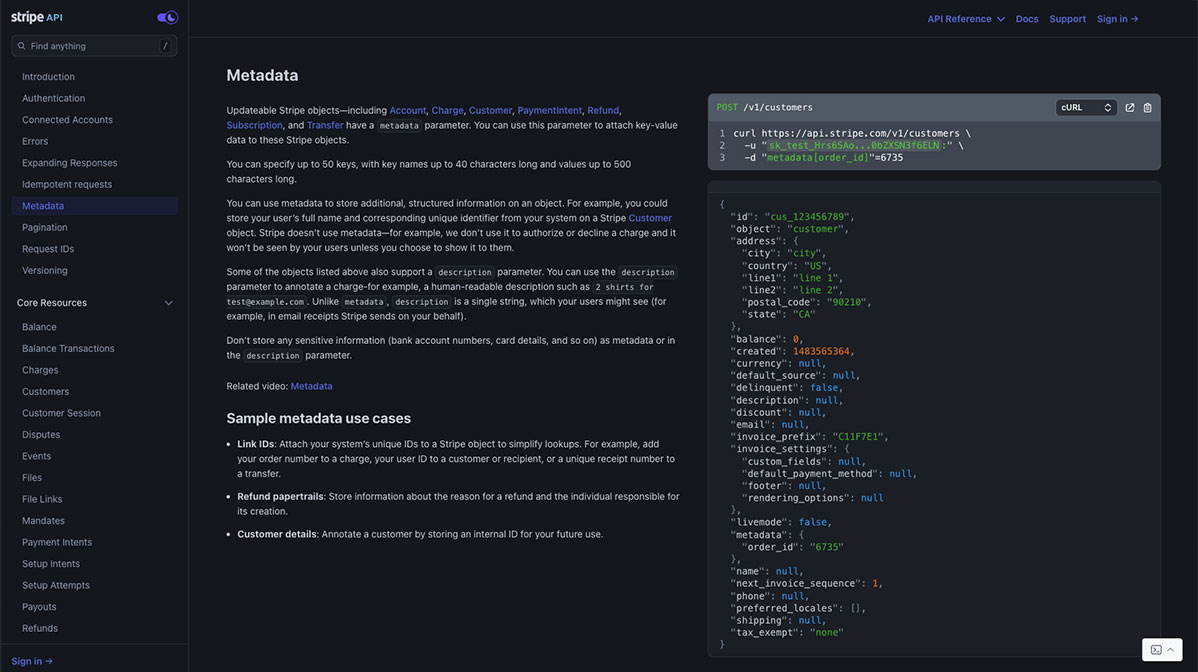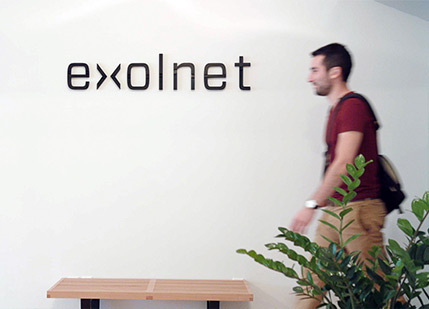Custom APIs and Connection Bridges
Three Possible Scenarios for Data Interconnection
Data integration is a major concern for business owners, especially when using multiple software tools that often duplicate or fragment information. On the flip side, software interconnection improves data accessibility, streamlines operations and, ultimately, enables better decision-making.
Software communication often relies on developers’ willingness to make their systems compatible and on the technologies available. To enable data exchange between systems, it is essential to first verify whether such communication is possible and evaluate the feasibility of the project. In general, there are three common scenarios to assess whether your systems can communicate with each other.
Scenario #1: Connection Bridges Already Exist
Public documentation is available: The ideal scenario
In this case, the software you’re using already provides tools that make communication with other platforms easier. This is often seen with SDKs (Software Development Kits) or APIs (Application Programming Interfaces), which allow different systems to exchange information and functionalities.
To facilitate the work of developers, these connection methods often come with public documentation, enabling a quick evaluation of interconnection options. This is a common practice among large tech companies who benefit from encouraging the use of their platforms.

Stripe’s public API documentation
What if the documentation is private?
Sometimes, even when a connection bridge exists, the documentation is only available privately. Why would documentation be restricted while in other cases it is openly accessible? The reasons vary: it could be a strategic decision, a security measure or tied to a company’s business model.
For example, API documentation might only be accessible to authorized users such as paying customers or partners. Similarly, custom-built software may only provide documentation internally. Sometimes, private APIs are in beta and only shared with a limited group of developers to collect feedback before a public release. And in some cases, the documentation is private simply because it was built for very specific business needs.
When documentation is private, it’s usually necessary to directly contact the API provider to request access. While this step can increase the time required for integration, it is still fairly common.
Challenges when documentation is unavailable
Occasionally, there are connection bridges, but no documentation is available at all. This makes project evaluation more difficult and presents real challenges. In such cases, developers must build documentation from scratch by working closely with the team behind the target software. This requires more time and effort, but results in a comprehensive guide outlining the API’s usage, features and potential.
Scenario #2: Custom Connection Bridges Can Be Built
If your integration seems too complex and no ready-made solution exists, we encourage you to reach out to a custom software development team like ours. We can assess your needs and build a solution tailored to your organization’s requirements. Custom integrations are handled by API development specialists, who work hand-in-hand with the teams that manage the target software.

Custom API documentation example
Scenario #3: No Possible Way to Interconnect the Systems
This is likely the most limiting scenario, when systems are closed and provide no way to connect to external software. No connection bridges are available.
What Happens Next?
Once your organization determines whether or not integration is possible, the next steps include:
Validating your data exchange needs with business analysts: Identify the type, volume and frequency of data you need to exchange. For example, your company might want a B2B web portal and accounting system to exchange customer names, IDs and invoice numbers, or to allow customers to view their past orders and invoices.
Comparing your needs with what’s available: Developers will look for existing bridges to build upon or, if needed, design new ones from scratch. Sometimes, this process requires creating a prototype to test the data exchange and validate assumptions.








